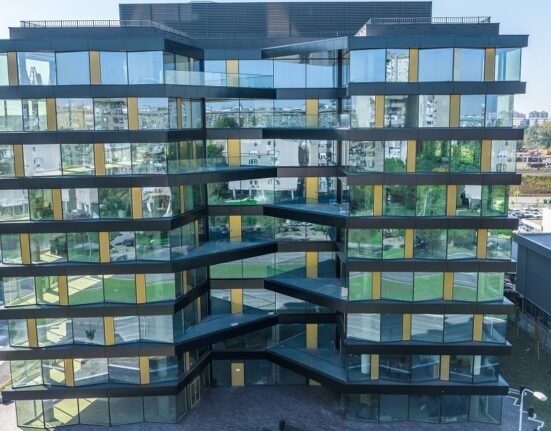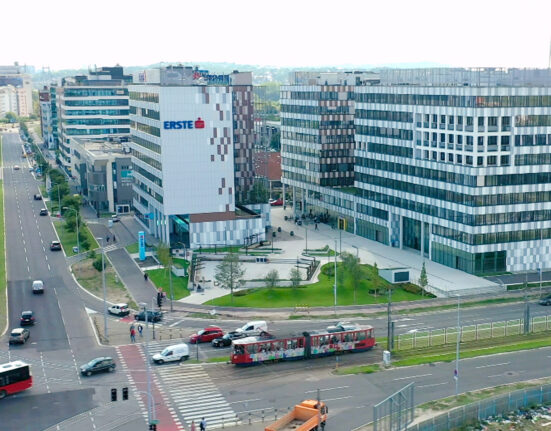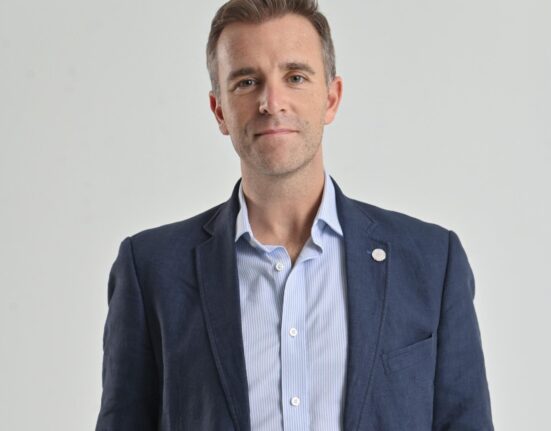Simultaneous with news that thousands of Russians—many of them IT specialists—are fleeing Russia in the wake of a new mobilization for the war in Ukraine, the Serbian economy has continued to grow. Although inflationary pressure abounds, Serbia’s tenuous balance between the EU and Russia has not yet put a true dent in the economy, with the country remaining on course to grow by 3 percent in 2022 and possibly even by 4 percent in 2023.
Much of this has been attributed to smart government policy, but the country has clearly benefited from 1) the perception of a more stable energy supply, thanks to better relations with Russia and 2) the ability of not only EU firms, but also Ukrainian and even Russian money to find a home in the capital and beyond.
This also applies to workers, with IT programmers from not only Ukraine, but also Russia having found offers. This may be set to increase with reports of 25,000 to 45,000 persons having fled to Serbia in the last 24 hours in wake of a new Russian mobilization to find (officially) some 300,000 troops for the war in Ukraine. Many of those who have fled are—according to even Russian press—persons skilled in IT technology.
And nothing locally would seem to disband the theory that demand will continue to grow. As previously reported by Serbia Monthly, British broadband company Hyperoptic announced this week that it has leased 5,000 sqm in the newly restored BIGZ business centre in Belgrade, with the transaction brokered by Coreside Savills.
Hyperoptic has been present in the Serbian market since 2011. According to company sources, it delivers advanced Internet solutions, with fibre optic technology and gigabit speed 21 times faster than the national average.
Such expansion mirrors similar moves by major players in the logistics sector, with industrial park operators and developers increasingly seeing Serbia as an attractive logistics and light industrial destination.
Recently, Belgium-based developer VGP acquired 114 hectares of construction land for the development of a warehouse complex totalling 368,000 sqm, om Belgrade. Likewise, developer CTP is planning to a new facility for Epsilon in Stara Pazova, close to Belgrade, which consists of 17,000 sqm of warehouse space, including technical and administrative units within the complex.
Likewise, further construction is underway at CTPark Belgrade West and CTPark North. CTPark Belgrade North is located on the A1 highway between Belgrade and Budapest and has the potential for 167,000 sqm of space on a 46-hectare site.
The company has also announced the development of a third park in the capital, CTPark Belgrade City, which is planned to deliver 130,000 sqm of logistics space with high tech facilities in a strategic location close to the centre of the capital. This will be the fifth and largest CTP park in Serbia.
The developer has also already undertaken development of a 23,000 sqm facility at CTPark Novi Sad, and in another deal CTP has agreed to the development of a light industrial facility with the Japanese motor manufacturer, Nidec.
“The Novi Sad park, 90 kilometers northwest of the Serbian capital, is emerging as a regional hub for the fast developing electric vehicles sector. The Nidec facility will be built on a site of 60,000 sqm in two phases and will employ around 1,000 people,” CTP said in a press release.
And where there is movement in logistics, there is going to be more manufacturing—with this once again proven by the announcement that German Kliniken AG is planning a 10,000 manufacturing center in Pancevo, which should in the near term provide scores of positions, but which eventually is planned to employ approximately 1,000 persons, according to the Serbian news site www.politika.rs.
The factory will not he alone in Pancevo, as the Serbian Ministry of the Economy noted hundreds of millions in new investments in the pipeline, not to mention thousands of jobs, according to the politika.rs site.
Photo credit: The Pancevo Lola Utva aviation plant. The original uploader was Buttons at English Wikipedia., CC BY-SA 3.0 <http://creativecommons.org/licenses/by-sa/3.0/>, via Wikimedia Commons







